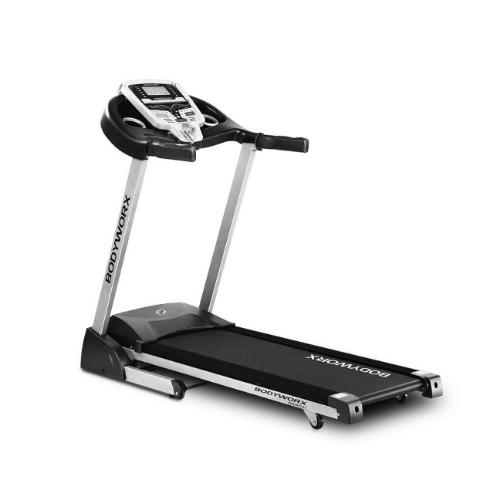Despite their ubiquitousness today treadmills weren’t always for marathon training or an indoor workout in inclement weather. The treadmill was developed back in the early nineteenth century as a form of hard labour and punishment for prisoners. Hours of stepping was used to grind grain or pump water, or simply to tire the inmate to make them more docile and compliant.
In 1913 a US patent was issued for a treadmill ‘training machine’ and by the 1950’s the medical use of the treadmill had developed to evaluate cardiac function, the precursor to today’s Cardiac Stress Tests.
Vintage physiotherapy photographs show patients learning to walk in parallel bars. Today, the motorized treadmill provides a safe, monitored environment in which to increase activity. It would be hard to find a physiotherapy department without a treadmill because of the benefits of the smaller floor space required, the speed and inclination options and the ability to observe movement whilst the patient remains close. Video recording of walking and running patterns on treadmills highlight dysfunctions that are difficult to see if the patient is moving away from the observer.
In the twenty first century treadmills have reached a degree of sophistication which would have been hard to imagine only a few years ago. A medical treadmill can monitor heart rate, oxygen utilization and blood pressure. For recreational use a treadmill may be pre-programmed for a virtual workout and may even have screen capability to provide an interesting outdoor location while walking or running.
Description provided by Rhona Burslem of Canada

